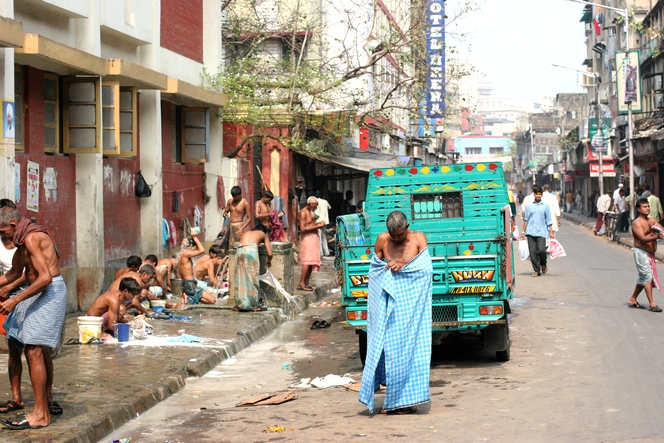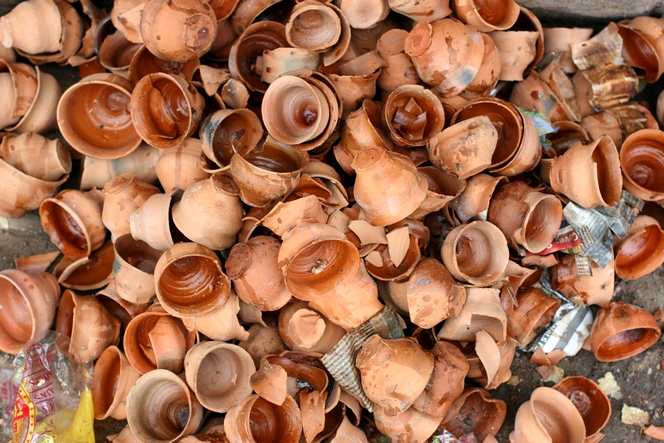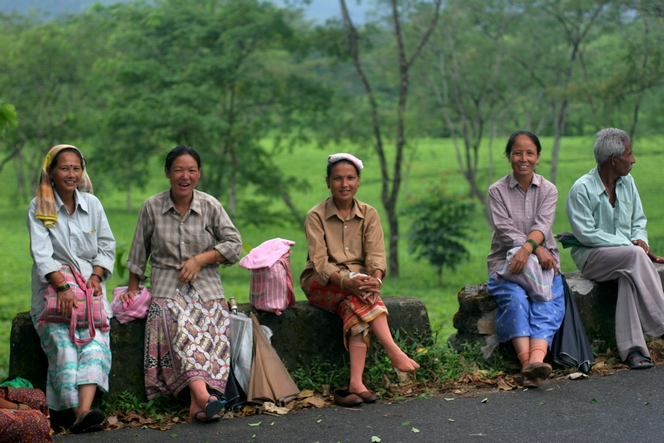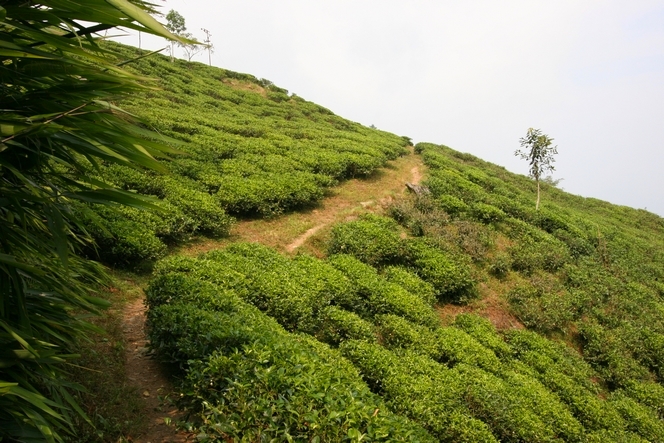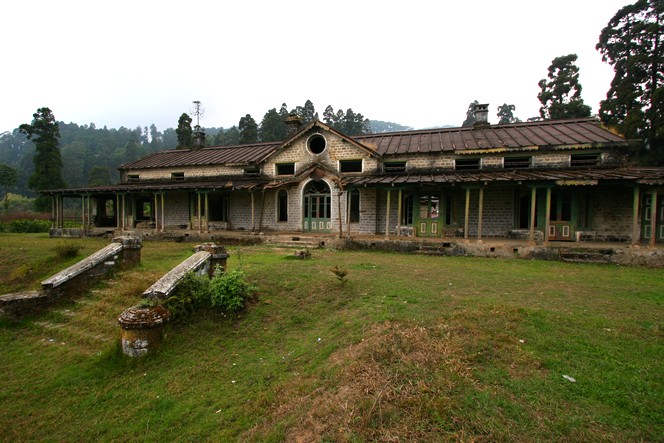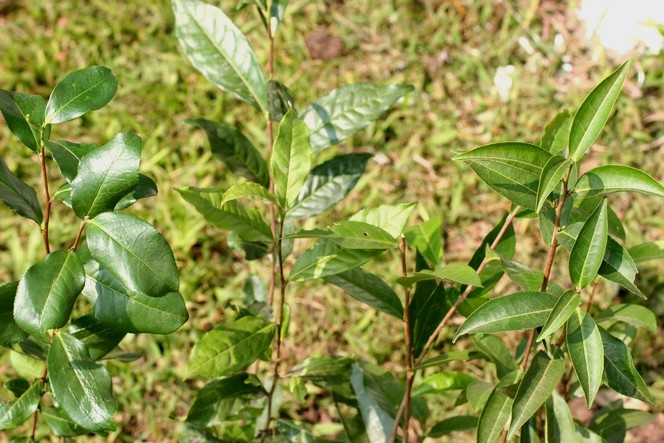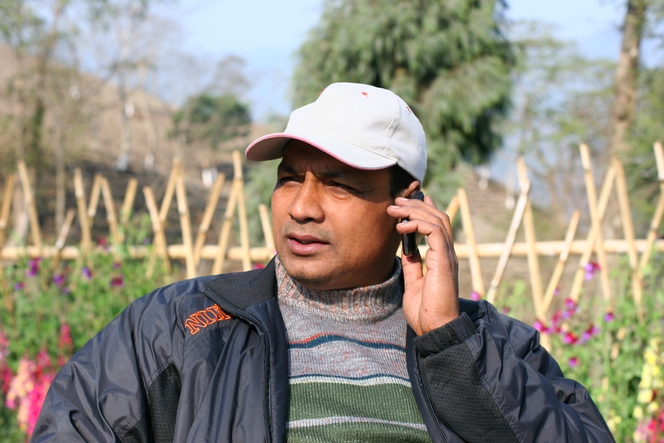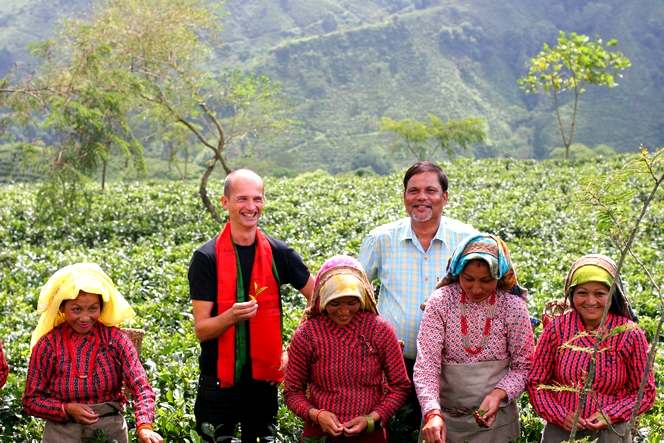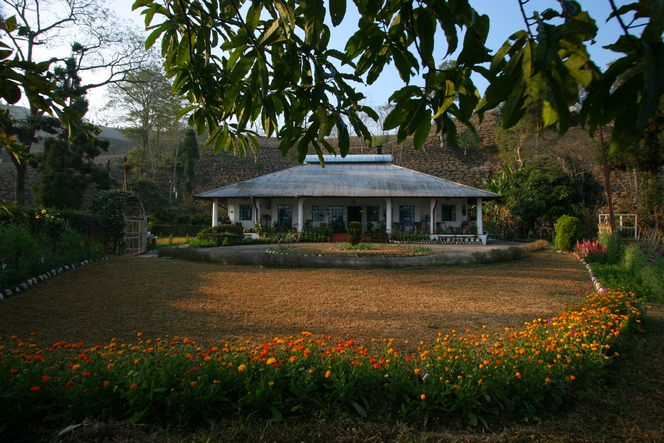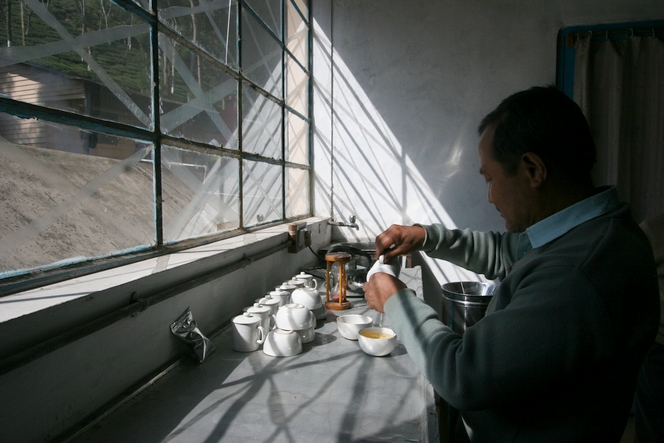Water is quite scarce in Kolkata and people congregate at the public tap to wash their laundry or themselves. There is a friendly atmosphere among the neighbours.
You can see that people still protect their modesty, even though they wash in the street. The man in the foreground getting changed beneath his towel reminds me of the contortions we go through back in this country, after a swim in the sea, as we try to put our underwear back on with one hand.
Here, it is like being at the beach. But without the sea.

